Functional Cerebral Venous Anatomy: A Perspective on Venous Collaterals Part II, Infratentorial Venous System
Stroke: Vascular and Interventional Neurology
DECEMBER 8, 2023
Knowledge of the functional venous anatomy of the posterior fossa is becoming increasingly important in neurointerventional procedures. This review describes posterior fossa venous development and the functional venous anatomy of the posterior fossa, mainly the veins of the brainstem, cerebellum, and the emissary veins.














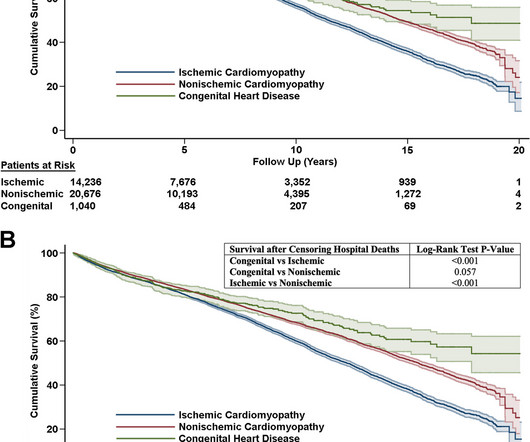


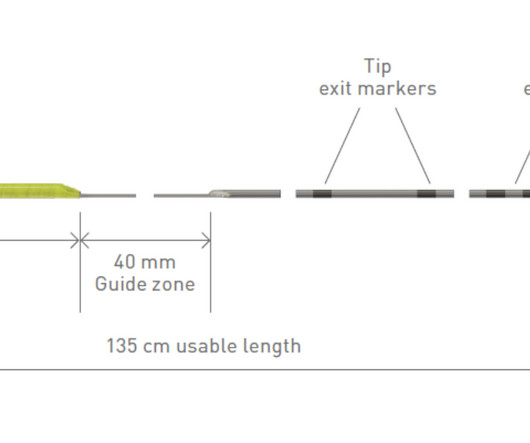
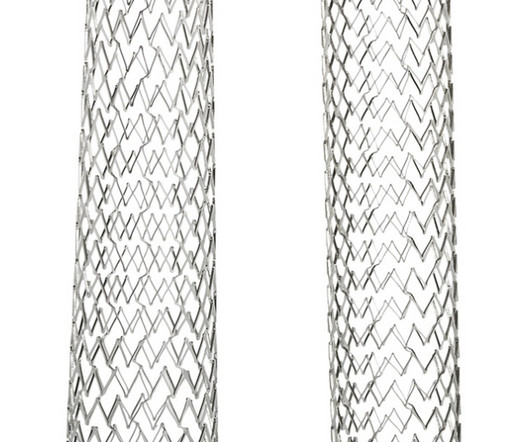


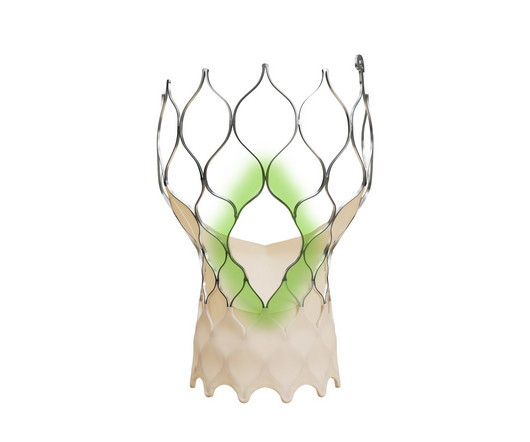












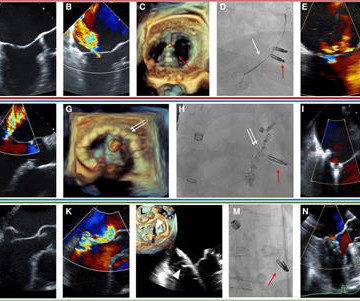

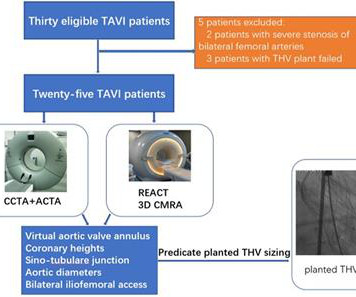









Let's personalize your content